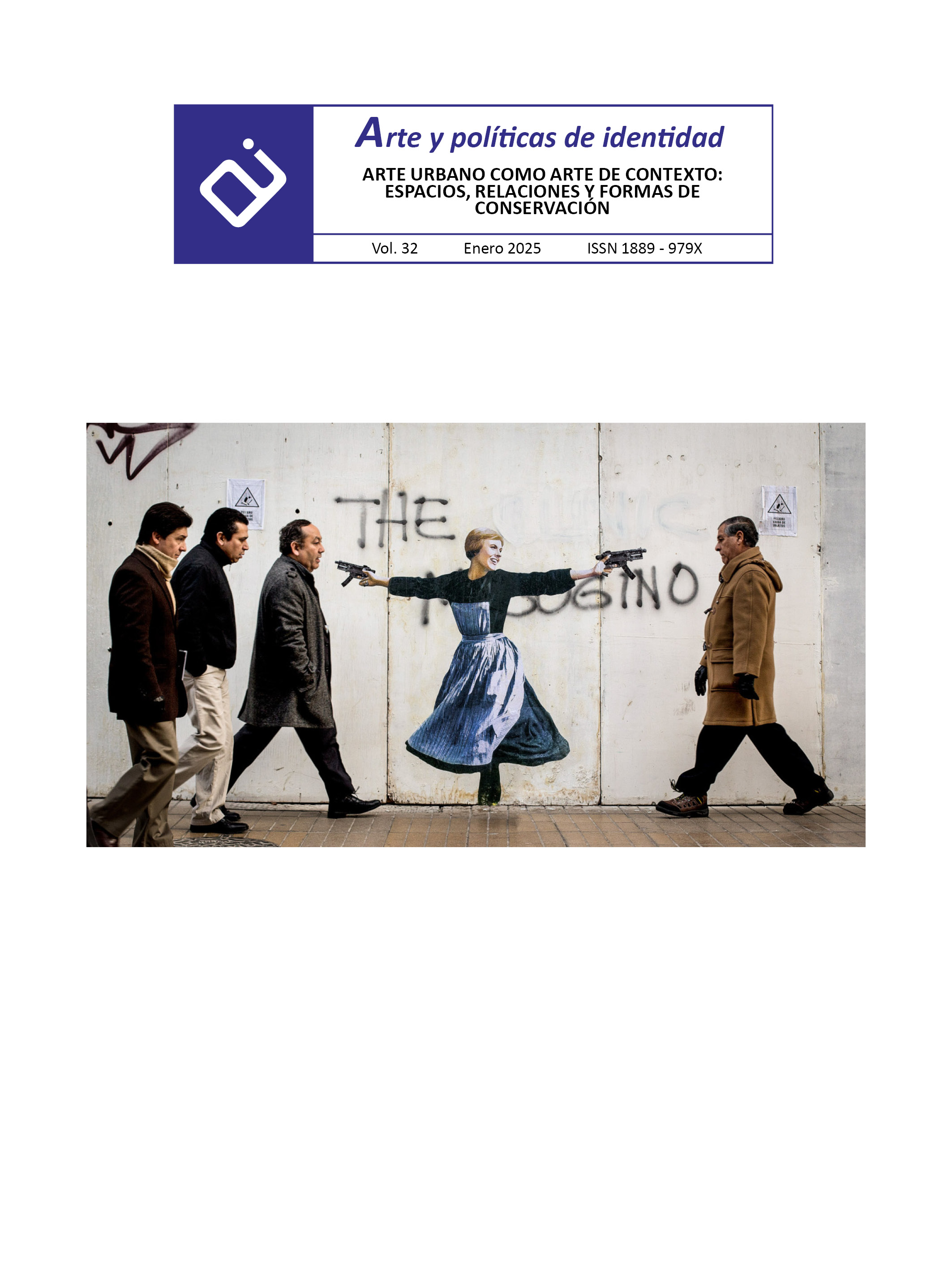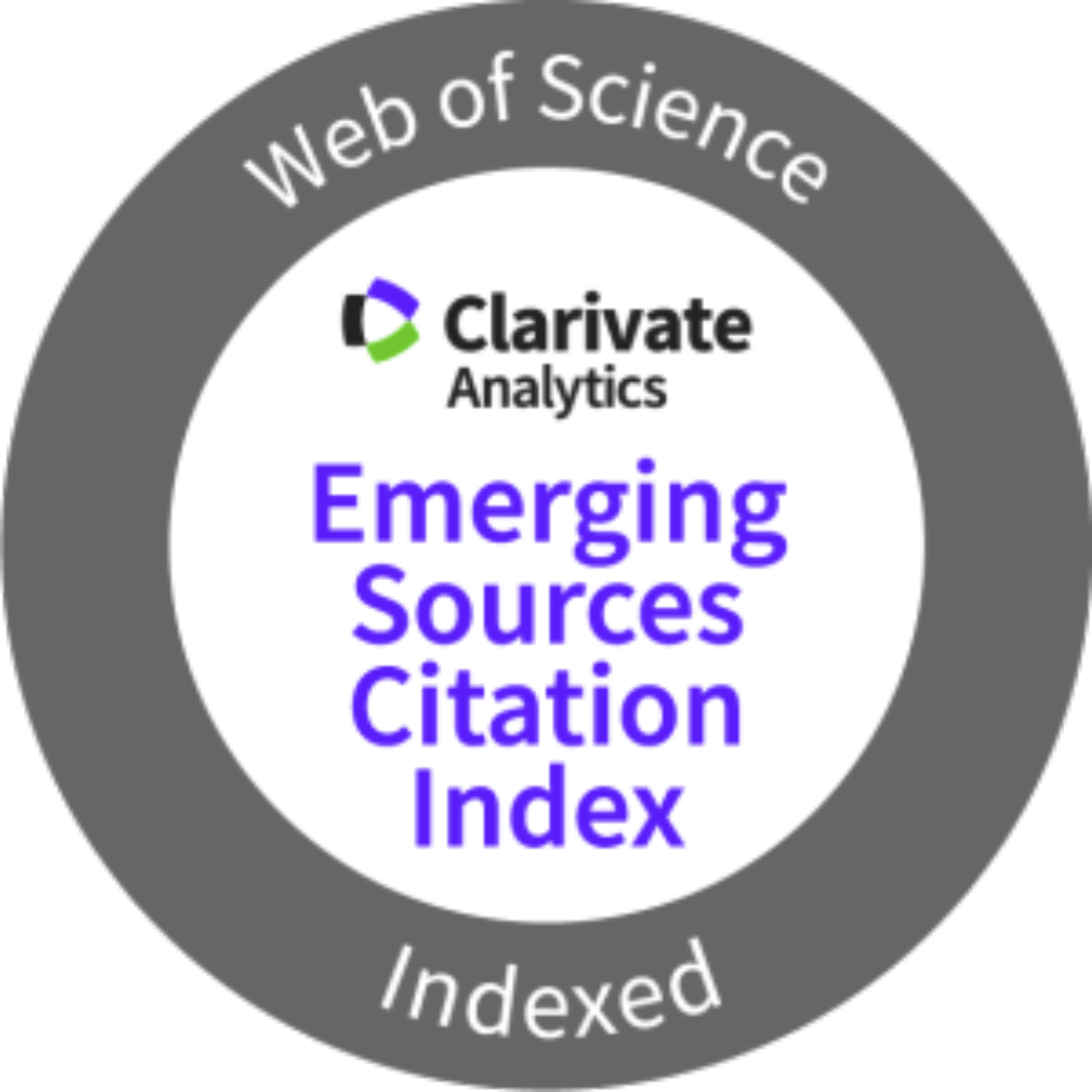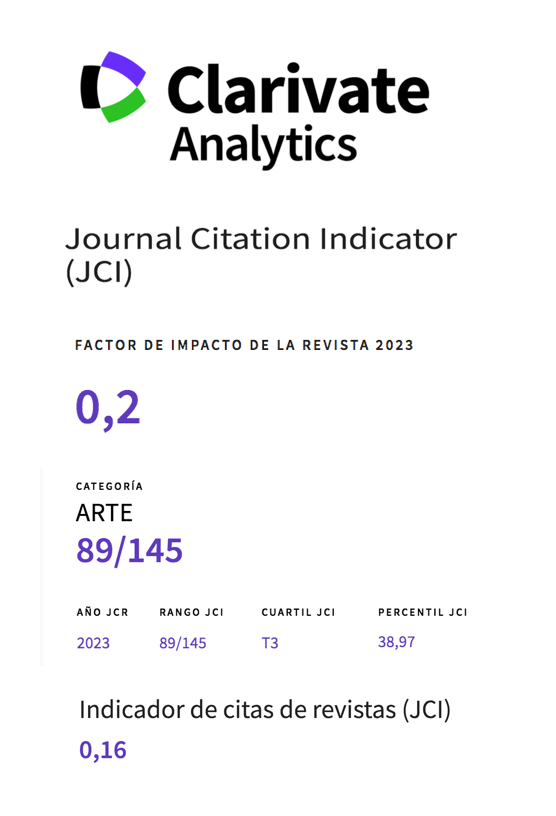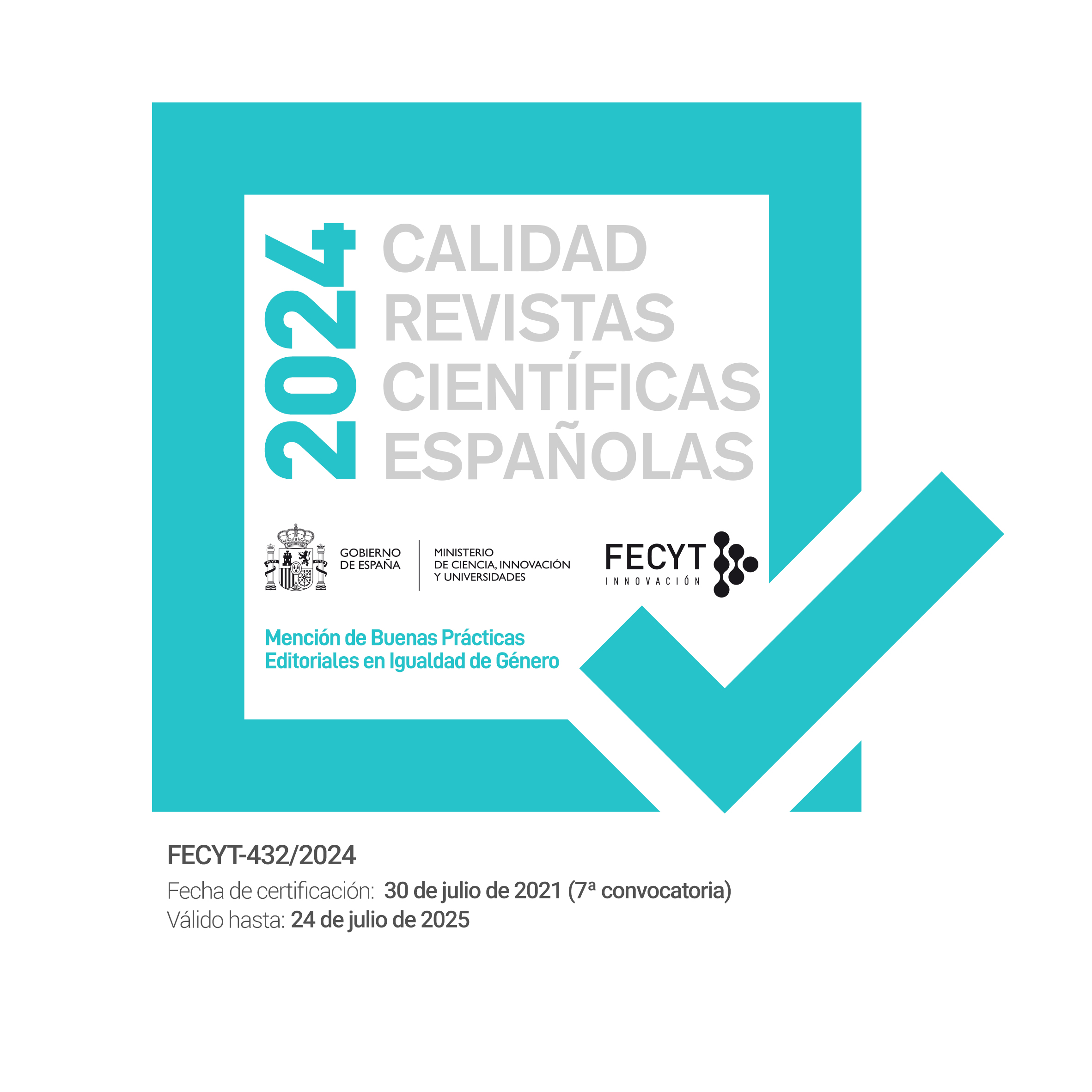Photography, urban and public art. Origins, evolution and conservation issues
Abstract
Within urban and public art, photography has been and is commonly used as a documentation tool. However, on the other hand, photography as a form of expression within the urban and public art movement is also very present in the work of various artists. To do this, they usually use large-scale prints that are adhered to the wall using the paste-up technique. The type of materials they use have specific conservation problems that respond to various alteration mechanisms developed by various factors and deterioration agents that have been identified and grouped. This study aims to expand knowledge of the materials that come into play in this type of works and how they behave in the face of extreme factors of the environment in which they are located. At the same time, mention is made of the work of the conservator-restorer who, when faced with this type of works, is relegated to an important documentation task, where photography comes into play again, in this case as a recording tool for the conservation of this type of ephemeral works.
Downloads
-
Abstract316
-
pdf (Español (España))145
References
Abarca Sanchís, F. J. (2010). El postgraffiti, su escenario y sus raíces: graffiti, punk, skate y contrapublicidad. [Tesis Doctoral, Universidad Complutense de Madrid]. https://hdl.handle.net/20.500.14352/47473
Adriana, A. (27 de junio de 2024). Artista Pablo Delgado: Un maestro del arte urbano. Museo de Arte Contemporáneo Buenos Aires. https://www.macba.com.ar/artista-pablo-delgado/
Arenas, M. (2021). Soportes y montajes fotográficos contemporáneos: El Face-mounting, características y conservación-restauración. [Tesis Doctoral, Universidad Complutense de Madrid]. https://hdl.handle.net/20.500.14352/5701
Casado, D. (28 de septiembre de 2020). Arte urbano: ¿un cliché que ya no define su parte ilegal? El Diario https://www.eldiario.es/madrid/somos/malasana/arte-urbano-un-cliche-que-ya-no-define-su-parte-ilegal_1_6412342.html
De las Nieves Rodríguez, M. (2008). Una aproximación a la estética posrevolucionaria en México: Tina Modotti y el muralismo mexicano. La torre del Virrey, 1(4, 2008/1), 102-107. https://revista.latorredelvirrey.es/LTV/article/view/515
De Pedro, A. (2024). Entrevista de Alberto de Pedro para Mas de Arte. https://masdearte.com/especiales/alberto-de-pedro/
Espuñes, R. S., & Fargas, R. M. G. (2021). La documentación como herramienta de preservación del arte urbano. PH: Boletín del Instituto Andaluz del Patrimonio Histórico, 29(103), 173-175. https://doi.org/10.33349/2021.103.4910
Fernández Herrero, E. (2018). Origen, evolución y auge del arte urbano. El fenómeno Banksy y otros artistas urbanos. [Tesis Doctoral, Universidad Complutense de Madrid]. https://hdl.handle.net/20.500.14352/15547
García, M. I. Ú. (2016). Propuesta de un modelo de registro para el análisis y documentación de obras de arte urbano. Ge-conservación, (10), 169-179. https://doi.org/10.37558/gec.v10i0.401
García, S. (2021). La influencia del Situacionismo en las manifestaciones urbanas actuales: derivas estético-poéticas en las calles y en la red. Atrio. Revista de Historia del Arte, 20-44. https://doi.org/10.46661/atrio.6293
Gayo, E. G. (2016). Etapas del Arte Urbano. Aportaciones para un Protocolo de conservación. Ge-conservacion, (10), 97-108. https://doi.org/10.37558/gec.v10i0.401
González, M. (2001). Tina Modotti y el muralismo, un lenguaje común. Anales del Instituto de Investigaciones Estéticas (78), 149-171. Instituto de Investigaciones Estéticas. https://dialnet.unirioja.es/servlet/revista?codigo=6348
Herrera, R. (2016). Retos y compromisos en la conservación de nuevos materiales de impresión y montaje en fotografía. Patrimonio cultural de España, (11), 79-90. https://dialnet.unirioja.es/servlet/articulo?codigo=5719859
Moral Ruiz, C., & Luque Rodrigo, L. (2021). Técnicas de investigación y catalogación del arte urbano desde la transdisciplinariedad: Aplicaciones y retos de futuro. I Simposio anual de Patrimonio Natural y Cultural ICOMOS España. (pp. 73-81). Editorial Universitat Politècnica de València. https://riunet.upv.es/handle/10251/160178
Navarro, P. (2021). Un lustro de muralismo contemporáneo en Sevilla (2004-2010). Atrio. Revista De Historia Del Arte, 92-113. https://doi.org/10.46661/atrio.6293
Pedersoli, J.L., Antomarchi, C., y Michalski, S. (2016). Guía de Gestión de Riesgos para el Patrimonio Museológico. Canadian Conservation Institute (CCI), ICCROM - International Centre for the Study of the Preservation and Restoration of Cultural Property, Gobierno de Canadá. Trad. Ibermuseos, ICCROM. http://www.ibermuseos.org/recursos/publicaciones/guia-de-gestao-de-riscos-para-o-patrimonio-museologico/
Posada, B. (2012). La degradación de los plásticos. Revista Universidad EAFIT, 30(94): 67-86. https://repository.eafit.edu.co/handle/10784/16534
Santiago, A. (8 de junio de 2016). Caiozzam el artista que hace hablar a las murallas. https://amosantiago.cl/caiozzama-el-artista-que-hace-hablar-a-las-murallas/
Soler, A., y Castro, K. (2006). Impresión Piezoeléctrica: La estampa inyectada. Algunas reflexiones en torno a la gráfica digital. Pontevedra: Universidad de Vigo
Valicenti, E. (2020). Acerca del street art (o arte callejero) como obra protegida por el derecho de autor. Propiedad intelectual, sociedad y desarrollo CreativeCommons 2.0 (CC BY 2.0) pp.14-27.
Copyright (c) 2025 Servicio de Publicaciones de la Universidad de Murcia

This work is licensed under a Creative Commons Attribution-NonCommercial-NoDerivatives 4.0 International License.
Works published in this journal are subject to the following terms:
- The Service of Publications from the University of Murcia (publishing house) keeps the published works’ copyrights, and favors and allows the reuse of these works under the license indicated in point 2.
- Works are published in the journal’s online edition under the license Creative Commons Reconocimiento-NoComercial-SinObraDerivada 3.0 España(texto legal). They can be copied, used, disseminated, transmitted and publicly exhibited, as long as: i) the author and original source of publication are cited (journal, publishing house and work’s URL); ii) they are not used for commercial purposes; iii) the existence and specifications of this license are mentioned.
3. Conditions for auto-file. It is allowed and encouraged that authors share electronically their pre-print version (the pre-reviewed version) and /or post-print version (the reviewed and accepted version) of their Works before the publication, since it promotes its circulation and dissemination. RoMEO color: green.










